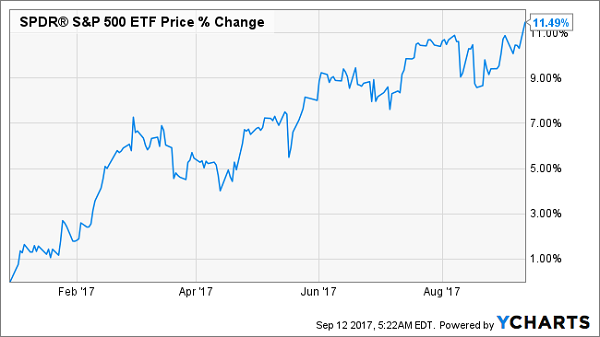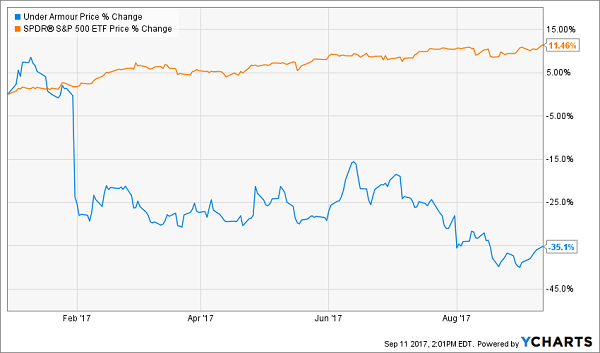You’ve probably heard the “wisdom” on mutual funds a million times.
It goes like this: mutual funds collect high fees and most still fail to beat the market, so why bother when you can buy a low-cost index fund, like the SPDR S&P 500 ETF (SPY) or the Vanguard 500 ETF (VOO), and tag along with the market’s performance?
To be fair, it hasn’t been a bad strategy. Look at the total return those funds have posted over the last five years:
Indexing Has Paid Off—But We Can Do Better

Nearly doubling your money in half a decade is nice—but does that really mean mutual funds are ready for the dustbin of history?…
Read more



Recent Comments